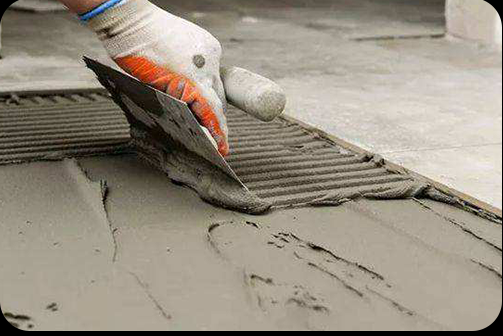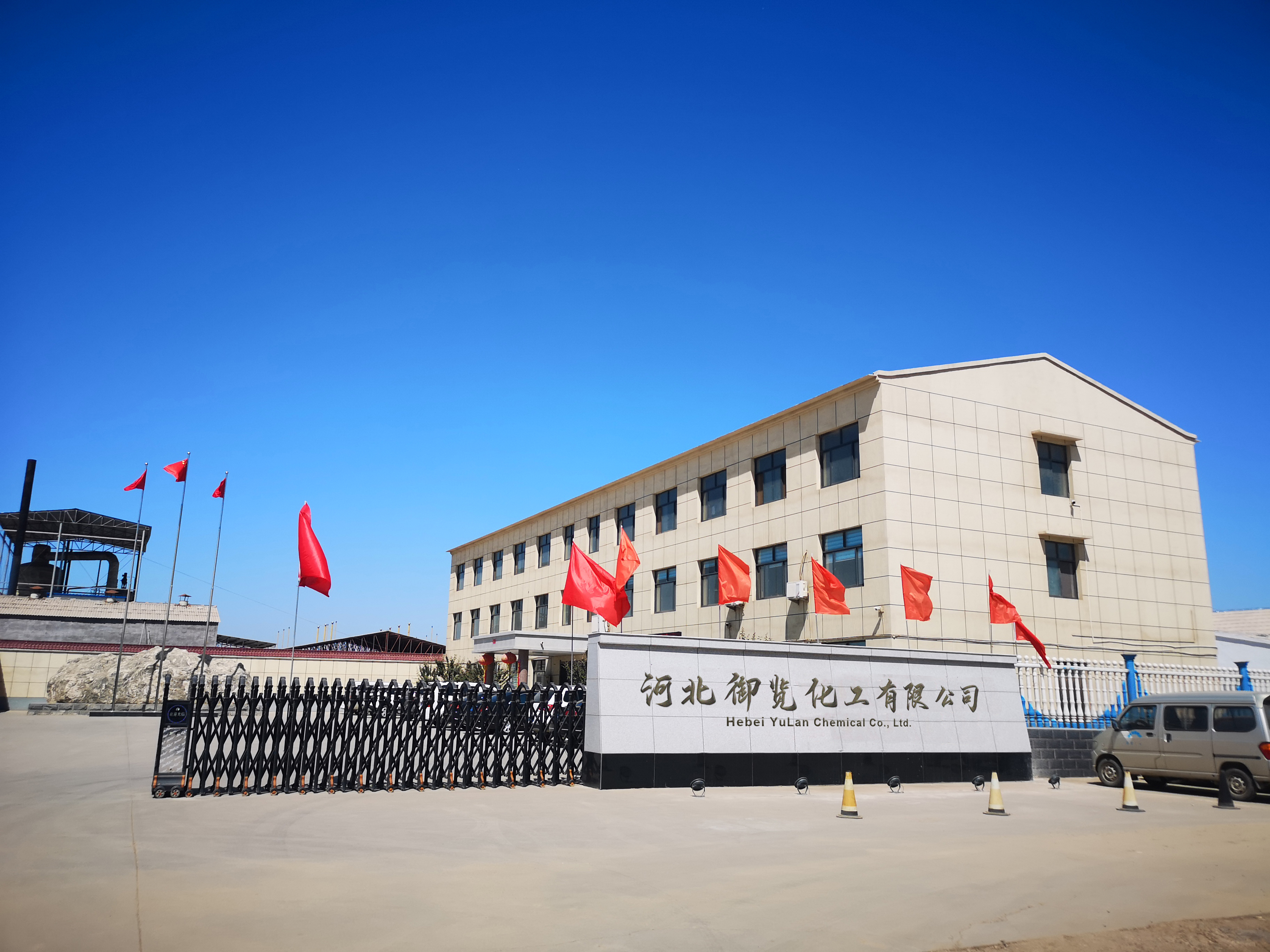PART1
The drying time of plastering mortar on the wall
The drying time of plastering on the wall is mainly related to four aspects: the degree of water absorption of the wall, the water retention of the mortar, the setting time of the mortar, and the ambient humidity.
(1). The wall humidity and air humidity are normal and the construction thickness is within 2cm.
In this case, the drying time on the wall is normal. It is the same as the mortar mixed on site and can meet the requirements of most construction sites.
(2). The wall humidity is very high or the air humidity is very high or the construction thickness exceeds 2cm.
In this case, the drying time of the mortar on the wall is 1 to 3 hours longer than that of mortar mixed on site.
(3). The wall humidity is very high and the air humidity is very high and the construction thickness exceeds 2cm.
In this case, the drying time of the mortar on the wall will be very long.
Solution:
(1). Sprinkle water on the wall of the construction site 1-2 days in advance to increase the water absorption of the mortar on the wall;
(2). It is recommended to roll out the slurry in advance to a certain thickness to an elevation of about 1~2cm for very thick construction parts, and then fill it up in one go the next day;
(3). Shorten the opening time of the mortar and allow the mortar to quickly reach the setting time to shorten the drying time.
PART2
Mortar thickness issue
The thickness issue refers to the thickness of the mortar. The thickness of the sand will directly affect the thickness of the mortar. When the mortar is too thick, the construction surface will be rough and difficult to smooth. When the mortar is too fine, the workers will wipe the wall too thinly at one time, which will affect the construction progress and the surface hardness of the hardened mortar will also be reduced.
Solution:
Before production, you must go to the sand field to judge the thickness of the sand in advance, and control the sand fineness modulus to 2.4-2.7 as the best.
PART3
Problems with stones in mortar
The stone problem refers to the occurrence of large stones in the mortar, which seriously affects the performance of the mortar. The appearance of gravel is mainly brought in through six channels: (mixer, sand field, mixer truck, upper sand bin and belt, intermediate sand hopper, sand screening machine)
Solution:
1. Strictly clean the sand in the machine;
2. Strengthen the work awareness of forklift drivers to avoid mixing stones when shoveling sand;
3. Make sure the inside of the mixer truck is clean;
4. The sand bin and belt must be strictly cleaned;
5. Try to avoid hoppers of different materials being too close to each other, and ensure that there are no holes in the walls of the sand hopper to ensure that materials do not mix;
6. Regularly check the screen mesh of the sand screening machine to avoid damage and cause fluctuations in the quality of the sand.
PART4
Viscosity problem
Viscosity is a parameter that reflects whether the mortar is easy to use. Mortar with normal viscosity is smooth to apply and will not easily fall off the wall. When the viscosity is not good, the mortar looks loose and is difficult to construct. If the viscosity is too high, it will be difficult for the mortar to dry on the wall, and the scraper will stick to the mortar when workers rub it, making construction difficult.
Solution:
The viscosity of mortar will increase in winter, and the amount of additives used to adjust the viscosity should be reduced accordingly. When the temperature is high in summer, the viscosity of the mortar will decrease, and the amount of hydroxypropyl methylcellulose should be increased accordingly. Generally, for every 5-degree increase or decrease in temperature, the amount of admixture should also increase or decrease by about 1kg/m³.
Materials that have a greater impact on the viscosity of mortar include stone powder. Too many impurities in stone powder will cause low whiteness. When used in mortar, it will cause mortar viscosity difference, mortar bleeding and other phenomena. It is better to control the whiteness of stone powder above 40 degrees. If the whiteness is too low, it means there are too many impurities, which will have a greater impact on the quality of the mortar.
.
Post time: Nov-20-2023



